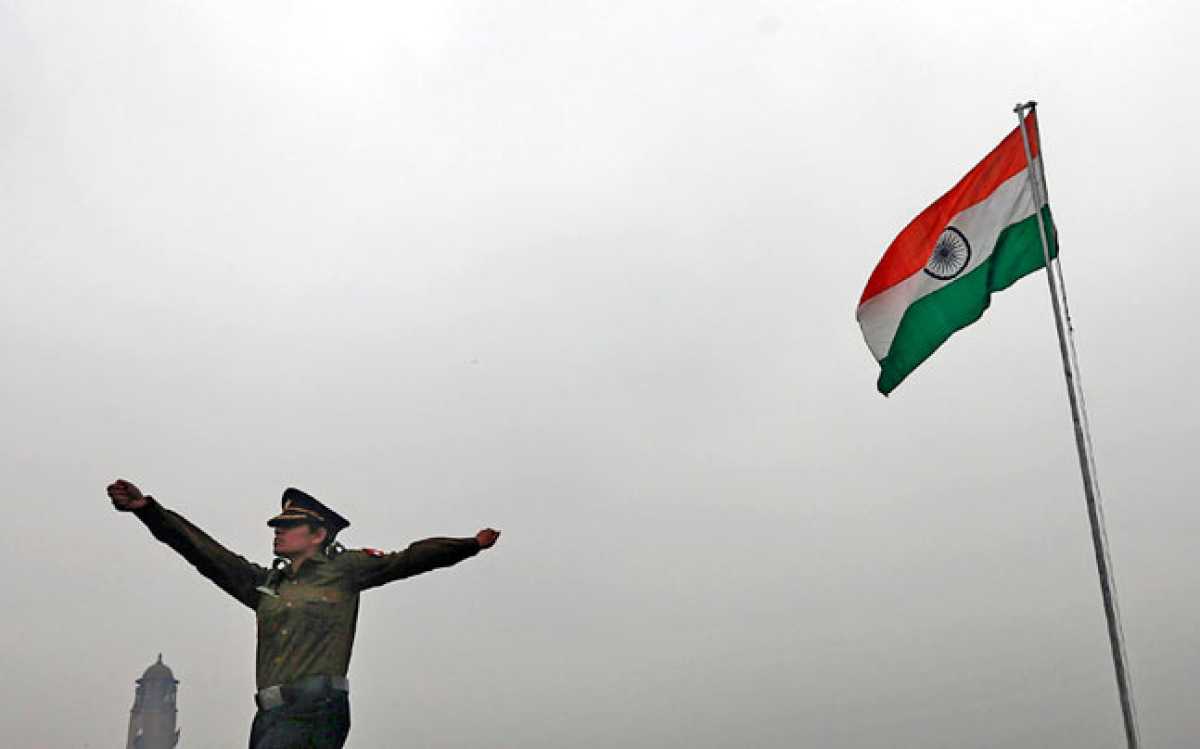News
The Fascinating Journey of India’s National Anthem

On Republic Day, we look back at the captivating tale behind India’s National Anthem, ‘Jana Gana Mana’. This iconic song has embarked on several thrilling journeys throughout history.
The journey of ‘Jana Gana Mana’ began in Calcutta on 27 December 1911, when it was performed at the Kolkata Session of the Indian National Congress. Tagore’s niece, Sarala Devi, and school students mesmerized the audience, including Congress leaders like B.N. Dhar and A.C Majumdar.
Contrary to popular belief, Tagore did not compose ‘Jana Gana Mana’ to honor King George V‘s coronation as Emperor of India. The song’s English translation raises questions about the reference to the ‘dispenser of India’s destiny’ and the ‘ruler of the minds of all people.’ In reality, Tagore was referring to the Eternal Spirit, which symbolizes India’s guiding force throughout millennia.
Outside of Calcutta, Tagore sung ‘Bharat Bidhata’ at Besant Theosophical College in Madanapalle, Andhra Pradesh, on February 28, 1919. The college authorities were enchanted by the rendition and adopted the song as their prayer.
Netaji Subhas Chandra Bose played a crucial role in the journey of ‘Jana Gana Mana.’ In 1942, in faraway Germany, Netaji established the Free India Centre in Hamburg and chose Tagore’s song as its national anthem. The Radio Symphony Orchestra of Hamburg even performed both the German and Free India Centre national anthems.
Additionally, in 1943, while on a German submarine heading to East Asia, Netaji and his personal secretary-interpreter, Abid Hasan, translated ‘Jana Gana Mana’ into Hindi. Hasan, an accomplished poet, penned the Hindi verses, which later became known as ‘Shubh sukh chain kī barkhā barse,’ the Quami Tarana of the Azad Hind Fauj.
This historic song was even played before Mahatma Gandhi and Sardar Patel in Delhi in 1946 by Captain Ram Singh Thakuri, who set it to music to inspire INA soldiers. General Bhonsle of the INA requested permission to play the Quami Tarana, which was granted by the British General present.
On January 24, 1950, Pt. Rajendra Prasad, the President of the Republic of India, declared ‘Jana Gana Mana’ as the national anthem of India. Today, it continues to evoke pride and unity in the hearts of Indians across the nation.












